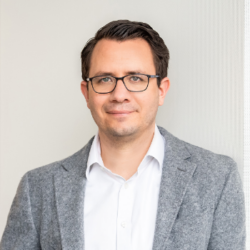Optimisation des achats grâce aux synergies
The group of companies is a private hospital group that was created through the merger of different hospital and nursing home groups and clinics. We were commissioned by the investor to review and standardize the procurement organization after the merger and in the course of further takeovers.
Fonds d’investissement

Initial situation
The merger of the clinic and nursing home groups with 28 facilities and the clinics with 45 locations, initiated by a private equity company, created a new clinic group. In the further course of the project, other smaller clinics and companies with a further 45 locations were added. Today, the group of companies is the largest German private operator of rehabilitation facilities with a turnover of almost € 1 billion and a total of 121 locations.
Objective
In order to optimally exploit the synergy potentials between the individual clinics and to achieve optimized prices through joint procurement, the investor commissioned us with a procurement reorganisation project immediately after the merger. In order to exploit synergies, a sustainable procurement structure was to be created and a central procurement department implemented.
In addition, the costs for non-medical requirements were to be optimized within the framework of a co-sourcing project. The focus here was primarily on food supply (catering/food), cleaning services, energy, facility management, IT and construction projects.
Approach
We supported the group in setting up a central procurement department and worked with the client to design and implement new structures and processes in procurement.
At the beginning of the co-sourcing project, our consultants carried out a detailed data analysis and compared it with benchmarks from past projects in the healthcare sector to create transparency about current conditions and identify potential for the defined product groups.
For some product groups, optimization potential was identified, which could be raised within the framework of quick-win initiatives. For this purpose, short-term negotiations were conducted with suppliers with the aim of harmonising the conditions that had previously differed for the hospitals.
Last but not least, an extensive procurement controlling system was set up to make the procurement process more transparent in the future and to be able to detect deviations immediately. In addition, we prepared regular controlling overviews during the project and reported to the investor.

Results
The introduction of uniform standards as part of the integration process led to a sustainable improvement in performance. In addition, the establishment of a central procurement organization led to considerable synergy effects being achieved.
In the context of the cost optimisation project, savings in the area of OPEX and CAPEX of between 11-23% were also achieved, depending on the product group.
Meet our experts
